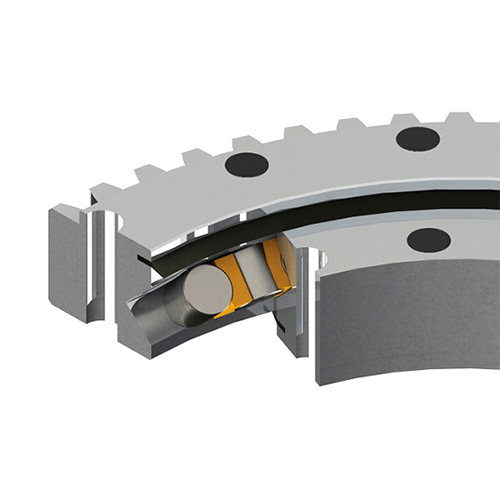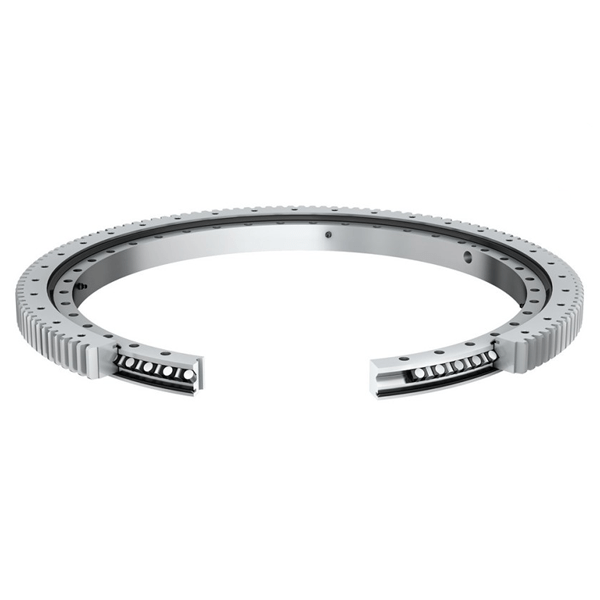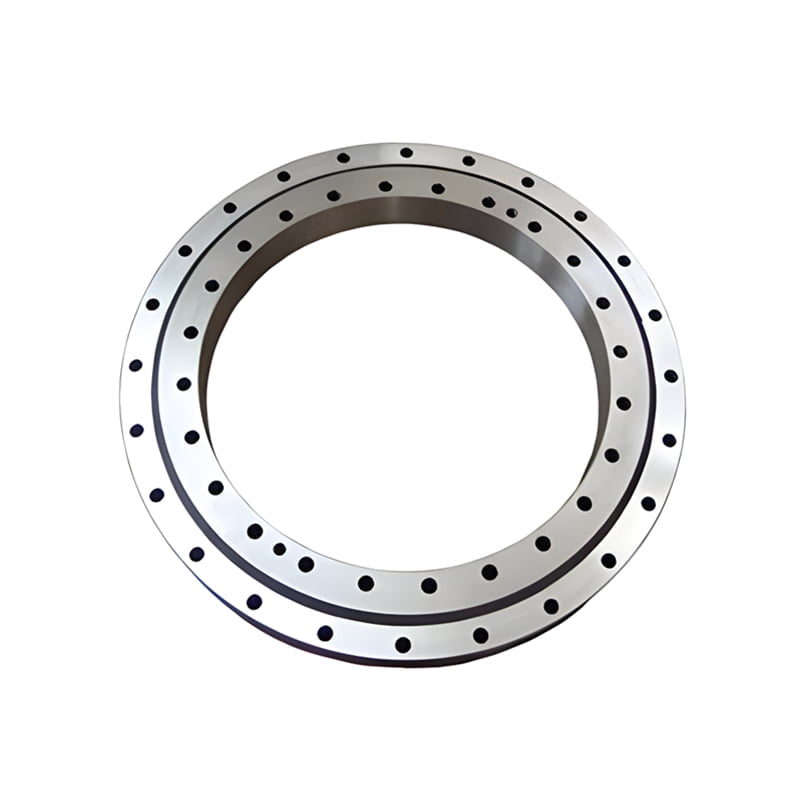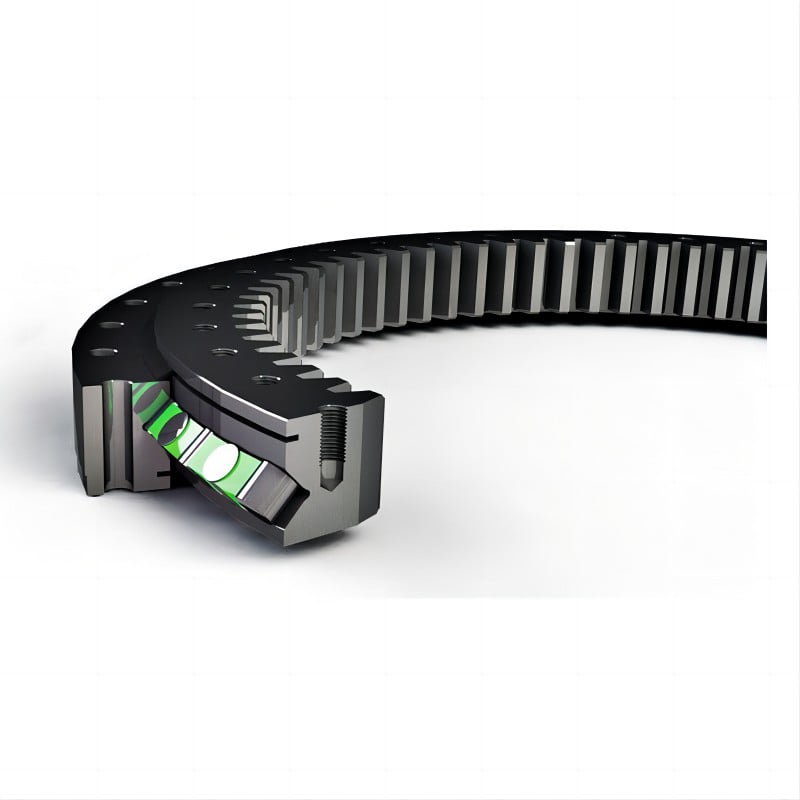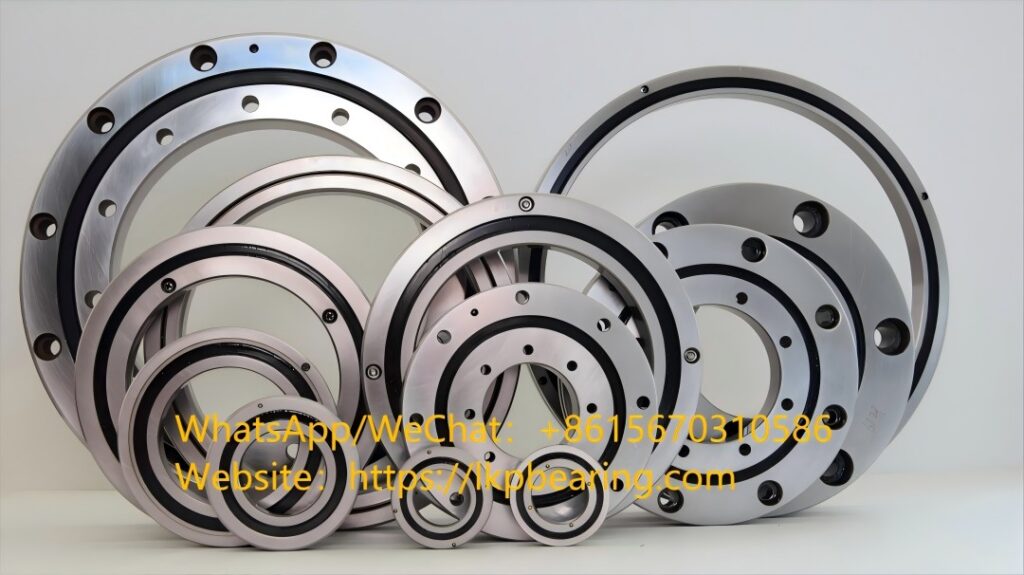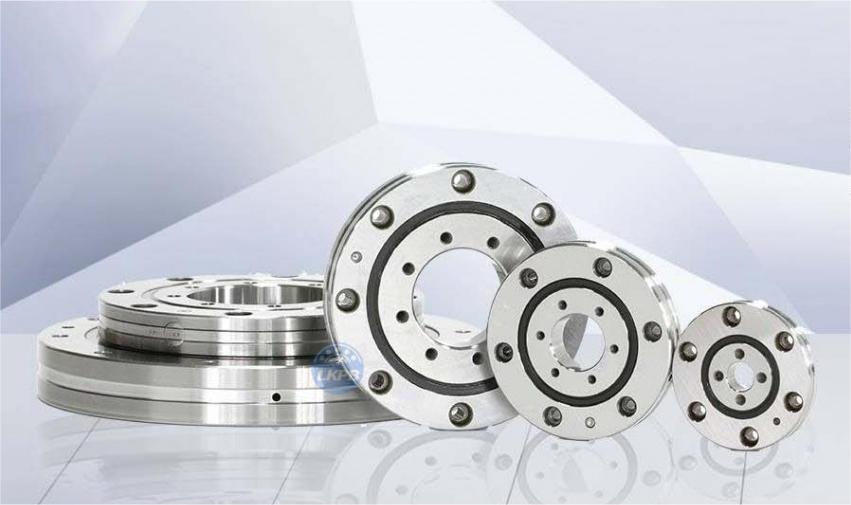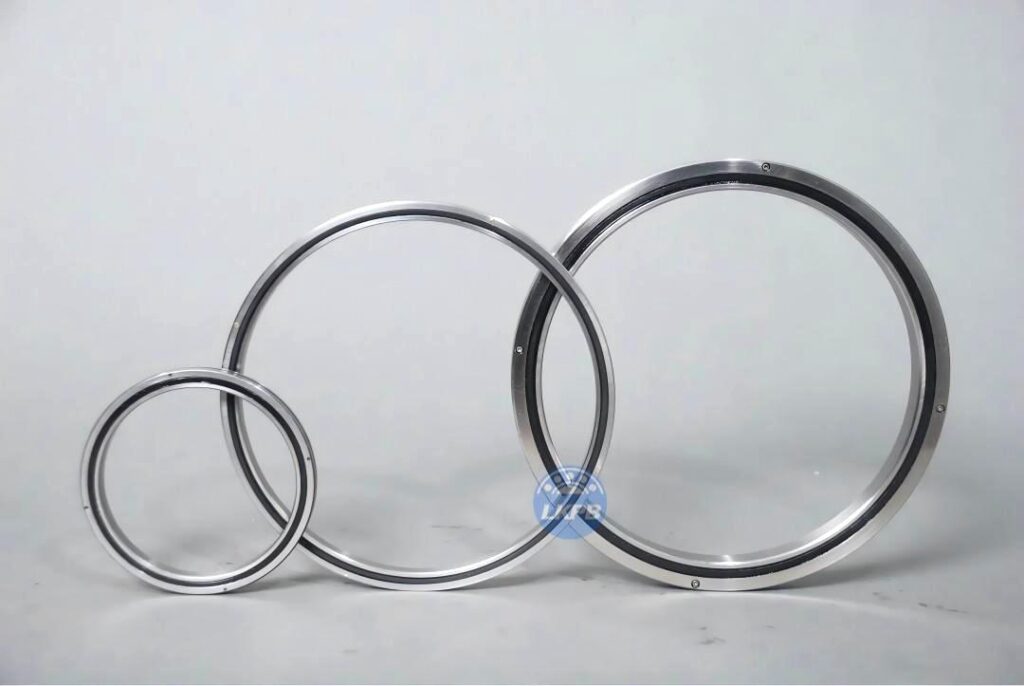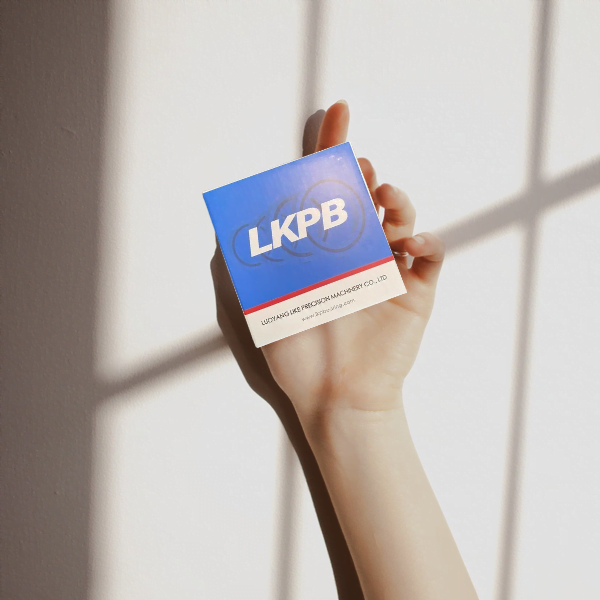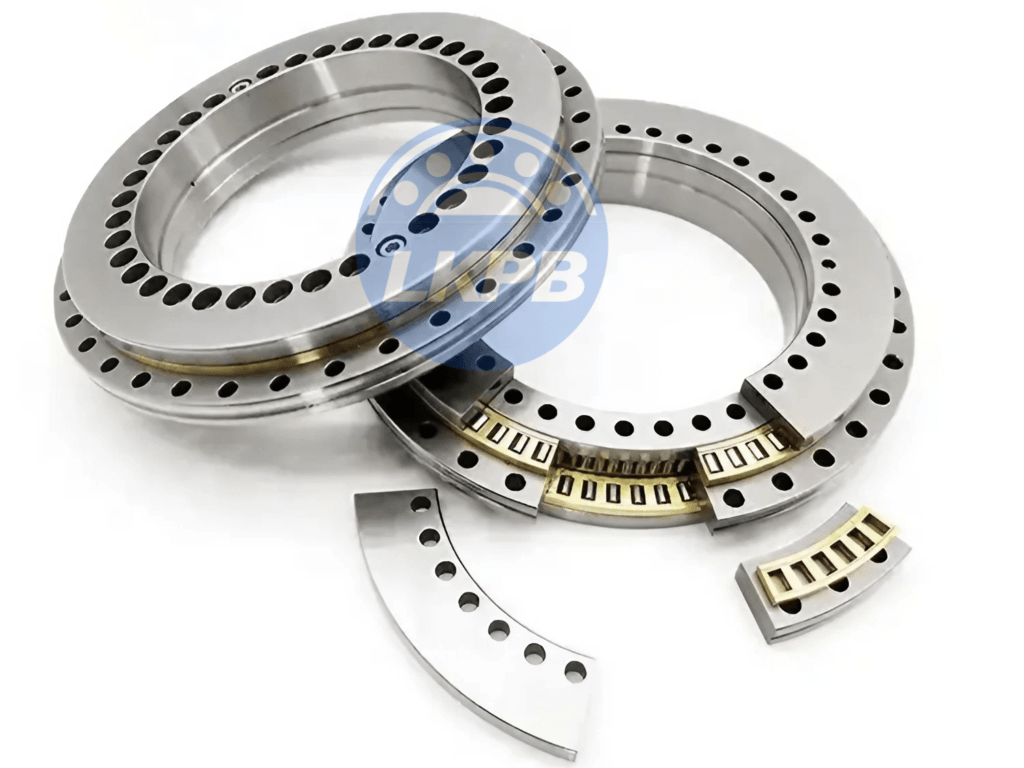Turntable bearings are essential components in various industries, from robotics and heavy machinery to medical equipment and renewable energy systems. With China emerging as a leading manufacturer of these bearings, businesses worldwide are keen on sourcing from the region. However, ensuring you get quality products that match your application requirements is vital. This guide outlines critical factors to consider when buying turntable bearings from China.
1. Understanding the Types of Turntable Bearings
Turntable bearings, also known as slewing bearings or rotary bearings, come in various types, each suited for specific applications. Understanding these types is crucial to making an informed purchase.
Single-Row Ball Slewing Bearings
Single-row ball slewing bearings are widely used in cranes, excavators, and light-duty machinery. These bearings can handle both axial and radial loads but are typically not suitable for high-speed applications. When sourcing these bearings from China, ensure the manufacturer provides detailed specifications, such as raceway diameters and ball materials.
Double-Row Ball Slewing Bearings
Double-row ball slewing bearings offer increased load capacity, making them ideal for heavy-duty applications like tower cranes and wind turbines. Buyers should check for precision machining and material quality, as these factors significantly impact the performance and durability of the bearing.
Crossed Roller Slewing Bearings
For applications requiring high precision, such as robotic arms and radar systems, crossed roller slewing bearings are a preferred choice. When sourcing these bearings, consider manufacturers like LKPB, which specialize in high-precision bearings and offer customized solutions to meet specific needs.
2. Assessing Manufacturer Credentials
Not all manufacturers are created equal, and choosing a reliable supplier is critical to ensure product quality and timely delivery. Here’s how to evaluate a potential supplier:
ISO Certification and Industry Standards
Ensure the manufacturer adheres to global standards, such as ISO 9001 for quality management. Certifications reflect the company’s commitment to producing high-quality products.
Manufacturing Experience
Look for manufacturers with extensive experience in producing turntable bearings. LKPB, for instance, has years of expertise and offers a wide range of standard and custom designs.
Customer Reviews and Case Studies
Check for customer reviews and case studies on the manufacturer’s website or third-party platforms. Positive feedback and successful case studies are indicators of reliability and quality.
3. Material and Coating Considerations
The choice of materials and coatings significantly impacts the performance and longevity of turntable bearings. Here are key points to review:
Materials
- Steel Grades: Most turntable bearings are made from high-grade steel like 50Mn or 42CrMo. Confirm the material grade and its suitability for your application.
- Hardening Processes: Heat treatment processes like quenching and tempering improve bearing durability. Ask the supplier for detailed hardening specifications.
Coatings
- Corrosion Resistance: Bearings exposed to harsh environments may require anti-corrosion coatings like zinc or nickel plating.
- Special Coatings for Low Friction: For high-precision applications, consider bearings with specialized coatings to reduce friction.
4. Customization Options
Standard designs may not always meet the unique demands of your project. Many Chinese manufacturers, including LKPB, offer non-standard customization and OEM services. Here’s what to look for:
Custom Dimensions
Ensure the manufacturer can provide bearings tailored to your specific dimensions, including inner and outer diameters and height.
Specialized Features
If your application requires unique features, such as integrated seals or gear teeth, verify that the supplier has the capability to deliver these customizations.
5. Quality Control and Inspection Processes
A robust quality control process ensures that you receive reliable and defect-free bearings. Here’s what to check:
Inspection Certifications
Ask for inspection reports and certifications, such as material test certificates and dimensional inspection reports.
Testing Equipment
Top manufacturers invest in advanced testing equipment to verify product quality. This includes load testing, hardness testing, and ultrasonic flaw detection.
6. Packaging and Logistics
Proper packaging and reliable logistics are critical to ensuring your bearings arrive in optimal condition. Here’s what to consider:
Protective Packaging
Check if the bearings are packed in corrosion-resistant materials and secured to prevent damage during transit.
Shipping Options
Confirm that the supplier offers flexible shipping options, such as air freight for urgent deliveries and sea freight for cost efficiency.
7. Price vs. Value
While pricing is often a deciding factor, prioritizing value over cost is crucial. Here’s how to evaluate the value:
Comprehensive Quotations
Request detailed quotations that include the cost of the bearing, shipping, and any additional services, such as customization.
Long-Term Savings
Investing in high-quality bearings may cost more upfront but can save money in the long run by reducing maintenance and replacement costs.



